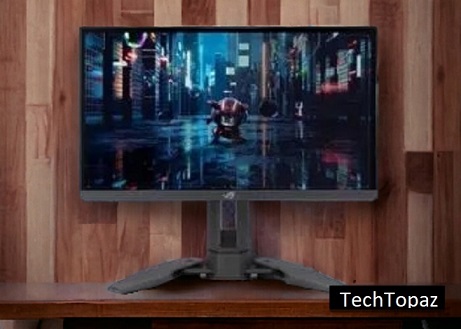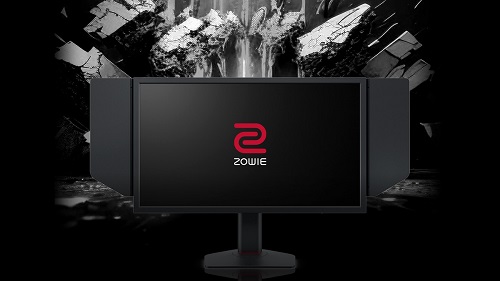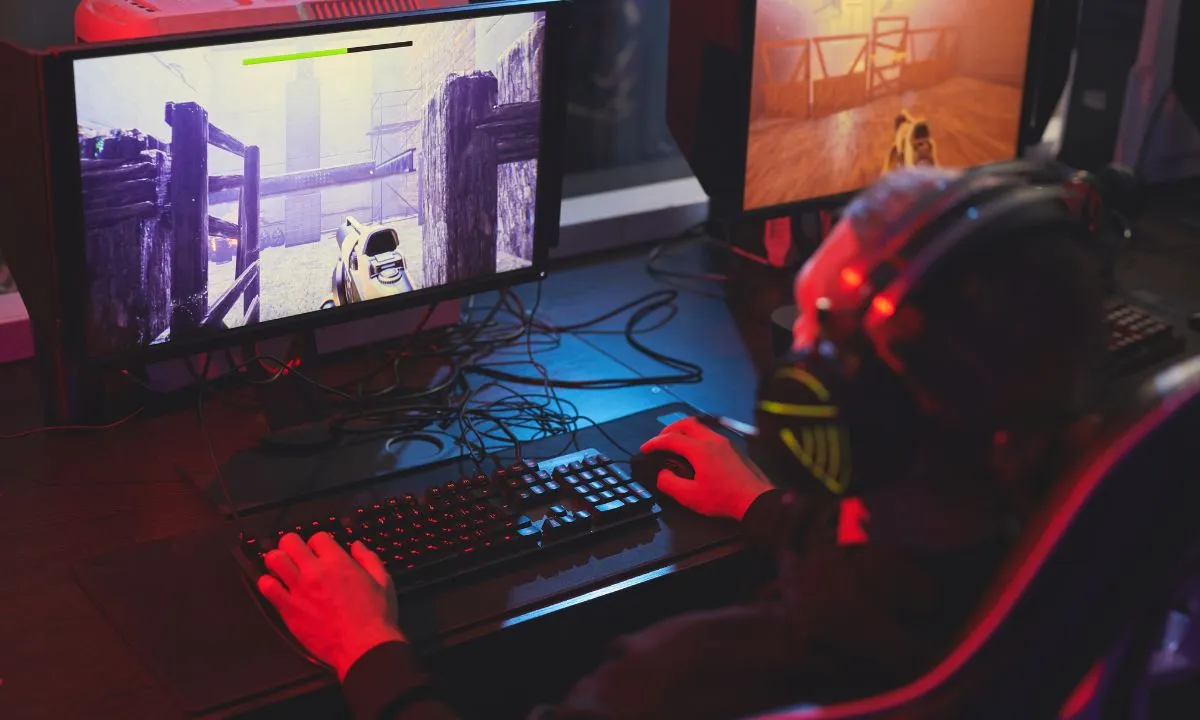Gaming has come a long way in the past few years, both in terms of hardware and software capabilities. As games have become more detailed with incredible graphics, gaming monitors have also evolved to provide ultra-smooth and tear-free gameplay.
Traditionally, most monitors have had a 60Hz or 75Hz refresh rate. However, as game developers push the limits of real-time rendering, the demand for higher refresh rate monitors has increased. Models with 144Hz and 240Hz refresh rates are quite common now and provide a substantial improvement in visual quality and responsiveness over older monitors.
The latest trend emerging is that of 540Hz gaming monitors. As eSports titles require extremely fast reaction times, monitor manufacturers are launching 540Hz monitors to give players the edge. These new monitors employ panels like Fast TN that offer response times of under 1ms along with the ultra-high 540Hz refresh rate. They also support technologies for motion blur reduction and screen tearing.
While we have seen 1440P or 4K for high-end gaming, these super-high refresh-rate monitors use 1080P resolution. Let’s explore some of the upcoming 540Hz monitors and how they will transform the eSports and competitive gaming experience.
ROG Swift Pro PG248QP
The ASUS ROG Swift Pro PG248QP is geared towards professional esports gamers seeking the ultimate competitive edge. It features industry-leading specs like a 24.1-inch display with a blazing fast 540Hz refresh rate, making it the world’s fastest gaming monitor currently available.
This monitor uses an innovative E-TN (Esports TN) panel with under 1ms of ultra-fast response time. Combined with the 540Hz refresh rate, it delivers buttery-smooth visuals without any motion blur or screen tearing. The PG248QP also supports NVIDIA G-SYNC for syncing the display refresh rate with the GPU, ensuring tear-free gaming.
One of its unique features is the NVIDIA Reflex Analyzer, which measures system-wide latency and helps optimize performance. It allows gamers to determine if any component is causing lag or delay. Another exclusive is ULMB 2 technology, which provides over 2000Hz of effective motion clarity through enhanced motion blur reduction.

The ergonomic stand has retractable claws that save valuable desk space. Its adjustable features allow finding the perfect viewing angle. Additional conveniences include an ESS audio codec for high-quality lag-free sound and multiple connectivity ports.
Gamers can make use of ASUS GameVisual modes and other on-screen display functions through the convenient OSD joystick. The PG248QP also supports DisplayHDR 400 for enhanced contrast and vivid colors. Its competitive pricing and features make it the go-to choice for serious esports athletes.
ZOWIE XL2586X
The BenQ ZOWIE XL2586X is tailored for serious esports gaming with its blazing fast 540Hz refresh rate and advanced technologies. It uses an improved Fast TN panel that delivers clearer images and reduces motion blur compared to IPS panels. Color reproduction has also been enhanced for better visibility.
An exclusive feature is BenQ’s advanced DyAcTM 2 technology that provides best-in-class motion clarity for smooth gameplay. It utilizes a dual backlight design along with reduced overdrive to minimize ghosting and trailing.

Other useful functions include Black eQualizer for enhancing visibility in darker areas, Color Vibrance for optimizing vividness, and Low Blue Light for protecting the eyes during long gaming sessions. The ‘XL Setting to Share’ allows auto-adjustment of color modes based on content without any manual interference.
Comfort and ergonomics have also been enhanced with industry-grade bearings in the height-adjustable stand for smooth positioning. Users can conveniently switch between game modes using the S Switch on the monitor.
Connectivity options include HDMI 2.1 and DisplayPort 1.4 for compatibility with PCs and latest-gen consoles. The XL2586K is designed from the ground up to provide every competitive edge to serious esports athletes. Its class-leading refresh rate, minimal response times and granular image clarity make it an ideal choice for professional gaming.
Is a 540Hz Monitor Worth it?
A 540Hz gaming monitor has clear advantages for hardcore esports players. Such an insanely high refresh rate reduces motion blur to nearly zero, allowing lightning-fast reaction times to spots and incoming threats. Knowing enemy positions a fraction of a second earlier than your opponent can mean the difference between winning and losing.
However, while impressive on paper, in reality hitting consistent 540fps is nearly impossible even with the most powerful hardware. Most high-end graphics cards today struggle to sustain over 360fps at 1080p in most esports titles. And without maintaining a 1:1 fps to Hz ratio, the benefits of 540Hz are diminished.
Moreover, traditional TN technology found in 540Hz panels doesn’t provide the same level of consistency in response times as OLED. OLED displays with their near-instant pixel response and refresh rate control have less issues with overshoot, blur, and ghosting compared to Fast TN panels prone to these issues without DyAc.
Meanwhile, the latest 240Hz OLED monitors offer higher 1440p or 4K resolutions - a massive upgrade over 1080p, while maintaining faster average response times than even the fastest TN panel. With models supporting either G-Sync or FreeSync, tearing is also perfectly eliminated.
Upcoming 360Hz OLED monitors are expected to raise the bar even further, delivering buttery-smooth motion with higher pixel density and HDR capabilities that no TN display can match. For most gamers wanting the ultimate experience, an OLED is a far better long term investment over TN at the cost of just a slightly lower refresh rate.
So while the 540Hz label looks great on paper, consistent gameplay at those frame rates is difficult to achieve. OLED provides a more well-rounded experience at lower refresh rates thanks to its superior imaging quality and response behavior. For serious gamers, an OLED is a safer bet over 540Hz TN panels.
Frequently Asked Questions
How many monitors support 540 Hz refresh rate?
Currently, only two monitors provide a 540 Hz refresh rate, one from ASUS and one from the BenQ. Both these monitors are well-explained in this article.
240 Hz OLED vs 540 Hz TN? Which is better?
When we compare two screens with an OLED panel and a TN panel, the OLED panel is likely to provide a much better experience due to its far higher picture quality, not to mention that the 240 Hz refresh rate is pretty high already.
Does OLED panels have the lowest response time?
Even though the claimed response times of the latest TN panels are as low as 0.2ms, the consistency of response times on an OLED panel is considerably better, which is why overall its experience feels much better.

